Mapping Cork: Trade, Culture and Politics in Late Medieval and Early Modern Ireland / A Safe Harbour for Ships
- Elaine Harrington
- May 21, 2020
Student Exhibition, MA in Medieval History
Mapping Cork: A Safe Harbour for Ships
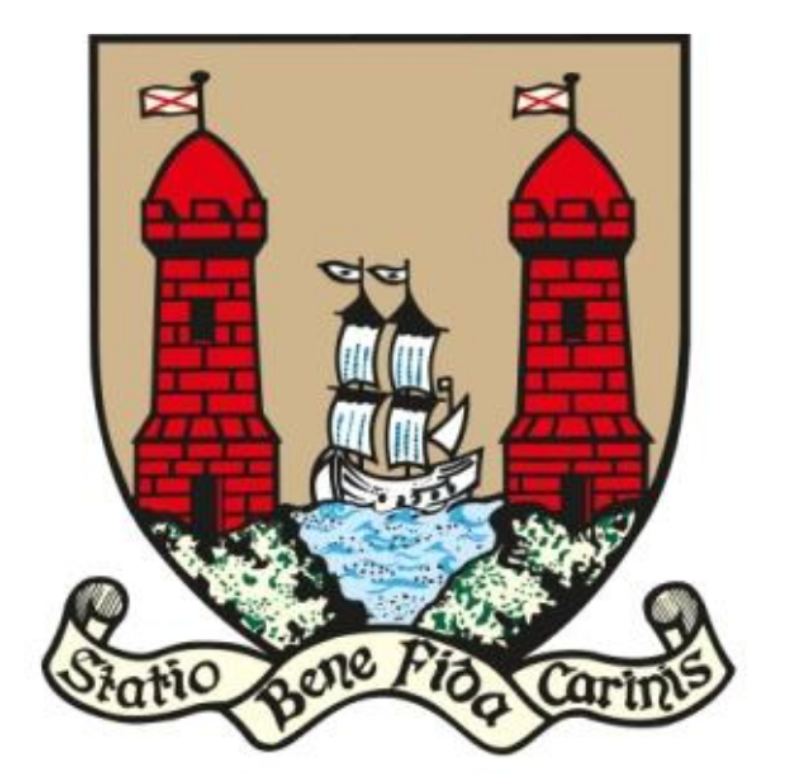
The city’s motto, ‘A safe harbour for ships’ (Latin: ‘Statio bene fida carinis‘) marks Cork harbour as a secure anchorage, with maritime trade that was a jealously defended resource. The strategic position of the city had been recognised since Viking settlement, and the city was protected by earthworks and later walls dating to the Anglo-Norman invasion. The Civitates map of Cork shows the early modern city safely enclosed by high walls and battlements, surrounded by a natural river moat and defended by an armed fort. In spite of Cork’s depiction on the map as smaller than the other three Irish cities of Dublin, Galway and Limerick, it still appears as an important and strategic centre of commerce.

With advancements in weaponry in the early modern period, walled cities such as Cork, that were built on a river mouth, needed better protection from the sea. Cork’s early modern defences were constructed with Tudor English determination as a bulwark against piracy and Spanish invasion. These were immediate concerns in coastal areas, particularly along Ireland’s southern coast. Cork was a wealthy city and English fears that it could be used as a stepping-stone to an invasion of England were well founded. In the late sixteenth century two new fortifications were constructed to protect the town: a castle on the river in Blackrock and a fort overlooking the city. In 1590 Queen Elizabeth I ordered fortifications to be built in major coastal walled towns, particularly in Waterford, Cork, Limerick and Galway. By 1601 the first earthen embankments of Cork’s new fort were constructed, named in honour of Elizabeth and accommodating an English garrison.
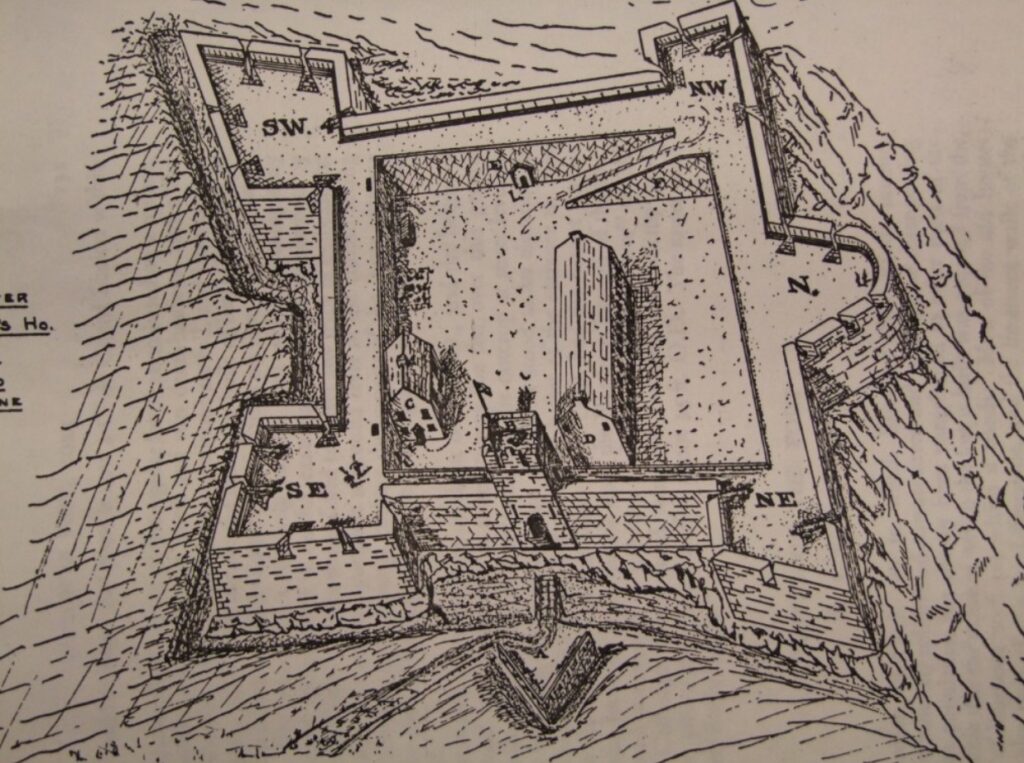
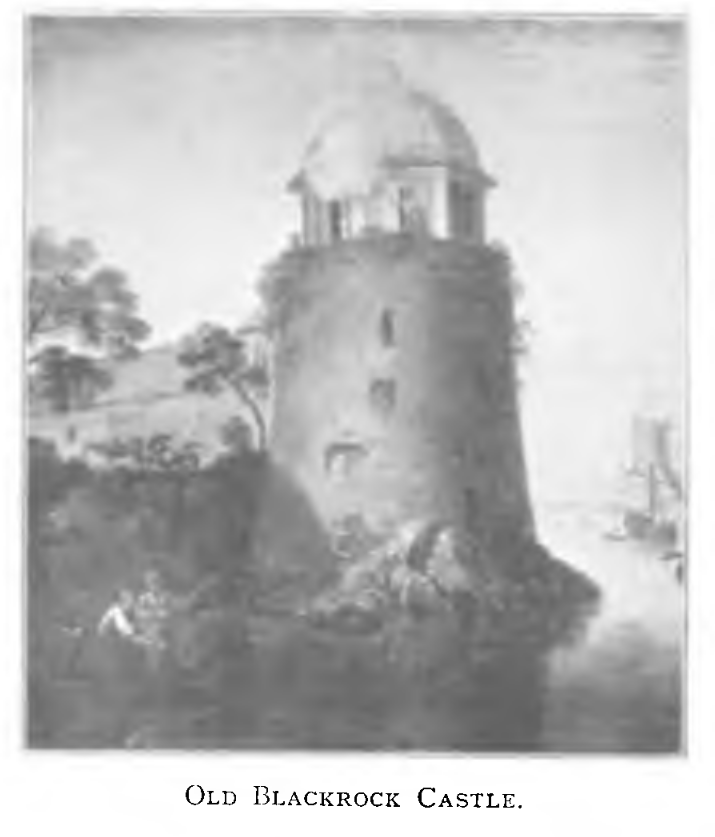
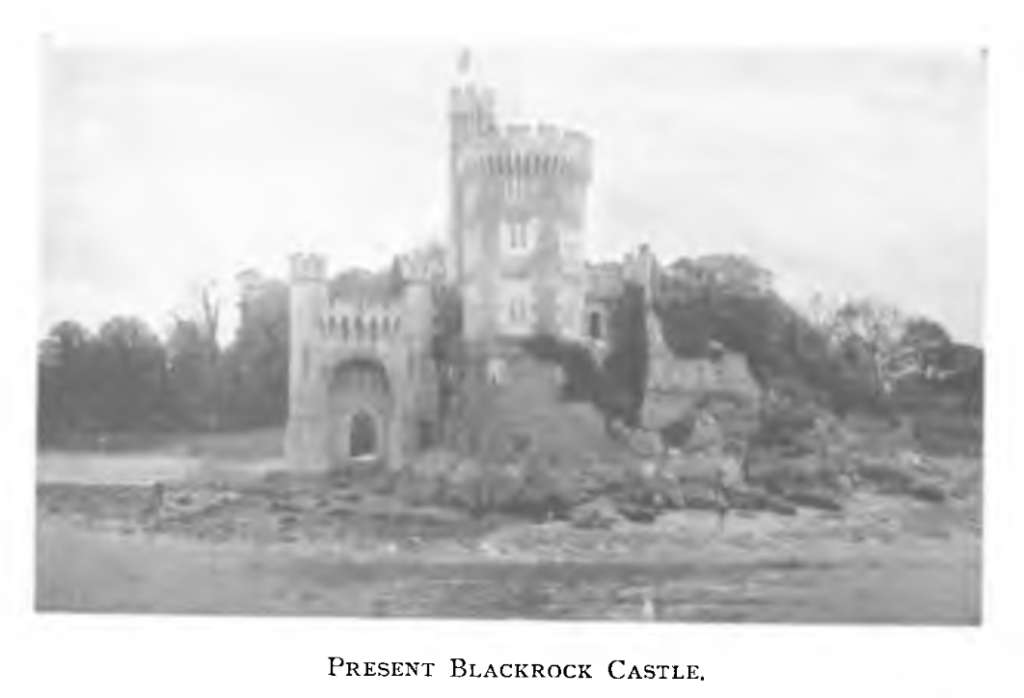
Elizabeth Fort, indicated as number 10 on the Civitates map, is a star-shaped fortification based on the trace Italienne (French: ‘Italian outline’). The fort was a distinct landmark lying in the southern suburbs of seventeenth-century Cork and overlooked the walled city as a protection against the Gaelic Irish and and the potential Spanish invasion. Star forts evolved during the age of gunpowder as cannon began to dominate the battlefield. With a lower silhouette and a larger surface area, star-shaped forts utilized overlapping fields of fire to provide defence in depth. Another example of such fortification is Charles Fort in Kinsale.

Overlooking the northern approaches to the city was Shandon Castle, another site of strategic importance. The Civitates map, based on an earlier 1610 map of Cork by John Speed, mistakenly places Shandon Castle at number 16 to the west of the city instead of north.Because of these defences, the port of Cork from Roches Point to the city centre was one of the most heavily defended harbours in the world. In the eighteenth century, Martello towers were constructed to counter the Napoleonic threat to British rule over Ireland. The later harbour forts, constructed in the nineteenth century, provided long-range coastal artillery with Whitehead underwater torpedo launchers, powerful searchlights and were garrisoned with troops.

Only twice in its long history, since Prince John as Lord of Ireland, granted the city its first charter in 1185, has the city of Cork been reduced to smoking rubble. John Churchill, Duke of Marlborough, sacked the city during the Williamite wars in 1690. Marlborough’s bombardment showed that walls were no longer a defence against an early modern European army equipped with artillery. His artillery, firing from the Red Abbey breached the eastern walls, while infantry assaulted Elizabeth Fort with musket fire from St Fin Barre’s Cathedral. The walls which had stood for centuries were powerless against new weapons of war.
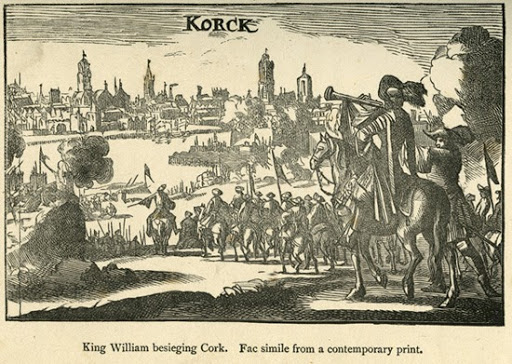
The second occasion when Cork was devastated was on the night of 11 December 1920, when British forces ransacked Cork, burning the city centre to the ground, during the War of Independence.
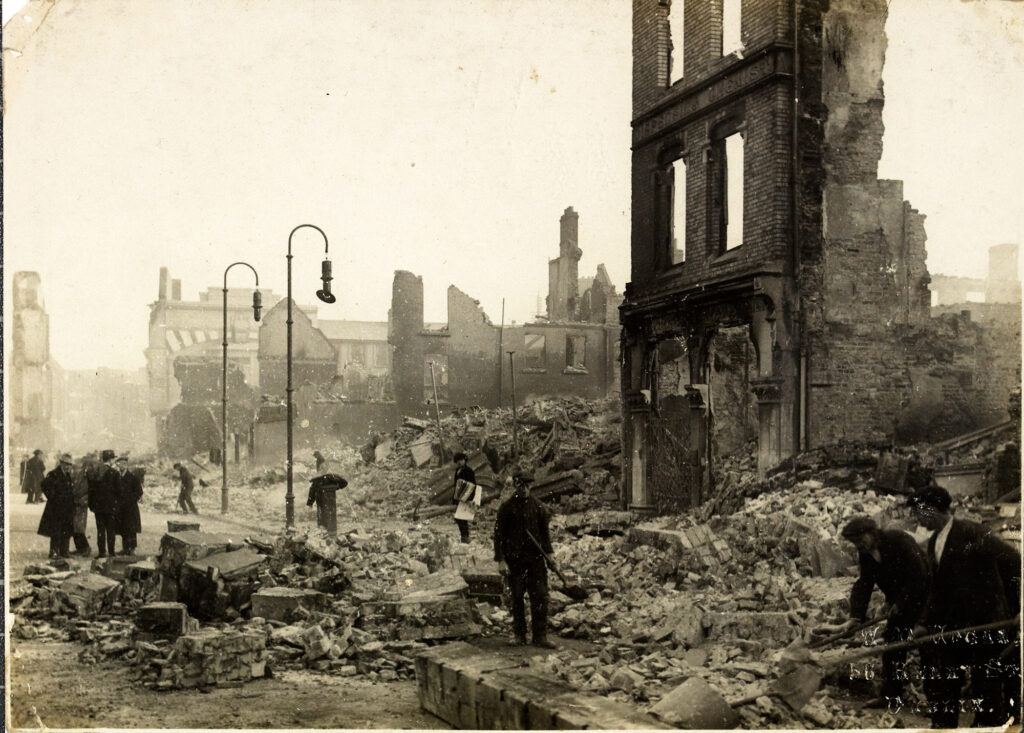
Patrick McKee
Further reading
Colman, James, ‘The Old Castles around Cork Harbour’, Journal of the Cork Historical and Archaeological Society, 20-21 (1915), 161-175, 156-175.
Flood, William H. Grattan, ‘Blackrock Castle’, Journal of the Cork Historical and Archaeological Society, 21 (1915), 102.
McCarthy, Kieran, Cork Heritage.
